India isn’t just a land of multiple religions and castes—it’s also home to 22 official languages and hundreds of dialects. And in the world’s largest democracy, language has become more than just a means of communication—it’s a powerful political tool.
From Tamil Nadu's resistance to Hindi to the rise of local-language campaigns on social media, language plays a central role in shaping Indian elections—in speeches, slogans, voter targeting, and policy promises.
In India, what language you speak often determines who speaks for you politically.
Let’s unpack how language has been politicised in Indian elections—and why it still matters today.
📜 A Brief History: The Roots of Language Politics
The politics of language in India dates back to colonial times and intensified post-independence.
After 1947, the government sought a common national language to unite the country.
Hindi was promoted as the primary language of administration, sparking protests in non-Hindi-speaking states.
🔥 The Anti-Hindi Agitations in Tamil Nadu (1965)
When the central government tried to impose Hindi as the sole official language, massive protests broke out in Tamil Nadu, led by Dravidian parties like DMK.
👉 This resistance redefined Tamil Nadu’s political identity and remains one of the strongest examples of linguistic assertion in Indian politics.
🧠 Why Language Matters in Elections
Linguistic Identity = Cultural Pride
Language is a deep emotional marker of identity. In many states, speaking the native tongue is about more than convenience—it’s about dignity, heritage, and representation.
Language as a Voter Targeting Tool
Politicians tailor their messaging in local languages and dialects. A leader’s command over a region’s language can make or break their acceptance.
Language and Policy Promises
Political parties often promise to:
Make a language compulsory in schools
Use it in official administration
Demand classical or official status for their language
Oppose or support Hindi or English use
Language Drives Political Alliances
Parties align or oppose each other based on their stance on linguistic nationalism (e.g., Hindi vs. Tamil vs. Bengali vs. Marathi).
🏛️ Language in Regional Politics: Key Examples
1. Tamil Nadu: Anti-Hindi Legacy
Dravidian politics built its foundation on the resistance to Hindi imposition. Even today, DMK and AIADMK highlight Tamil pride, and Hindi is viewed suspiciously.
2. Maharashtra: Marathi Manoos and Shiv Sena
Shiv Sena rose to power on the “sons of the soil” campaign, protecting the Marathi language and culture from the perceived dominance of migrants and outsiders.
3. West Bengal: Bengali vs Hindi
TMC under Mamata Banerjee has frequently pushed back against central Hindi-leaning policies, portraying herself as a protector of Bengali identity.
4. Assam and the North East
Language plays a huge role in immigration debates, especially around Assamese vs Bengali. Politicians use it to determine who belongs—and who doesn’t.
🇮🇳 National Parties and Language Dilemma
✅ The BJP and Hindi
The Bharatiya Janata Party (BJP) has consistently promoted Hindi as a national language, especially in Hindi-belt states. This earns support in the north—but creates friction in the south and northeast.
Example: Home Minister Amit Shah’s 2019 call for "one nation, one language" triggered backlash across southern and northeastern states.
✅ Congress and Multilingualism
The Indian National Congress, while not as aggressive about Hindi, has had its own share of centralising tendencies, but today, it positions itself as a protector of linguistic diversity.
📱 The Digital Age: Language on Social Media
Social media has added new dimensions to language politics:
Regional parties now run multilingual campaigns targeting different audiences.
Political memes and videos in local dialects go viral more than English or Hindi ones.
WhatsApp forwards in local scripts have become key campaign weapons.
🎯 Digital language = political engagement tool.
🎓 Language and Education Politics
Elections often feature debates over:
Medium of instruction (English vs regional language)
Imposing Hindi in schools
Three-language formula (centre’s push for Hindi + English + regional language)
States like Tamil Nadu reject the formula, choosing two-language policies to resist Hindi dominance.
📌 This turns classrooms into political battlegrounds.
⚖️ Language and the Courts
Legal battles over language frequently surface:
Can entrance exams be taken in regional languages?
Should court proceedings be allowed in local languages?
Politicians weigh in on these issues to score points with local populations, especially youth and students.
🧭 The Challenge: Unity vs Diversity
India’s strength lies in its diversity, but managing that diversity through an inclusive language policy is complex.
Push too hard for one language, and you alienate others.
Ignore common languages, and you risk fragmentation.
The best political strategies embrace multilingualism, rather than pushing uniformity.
✅ Final Thoughts: Language as Identity and Strategy
Language is not just about words—it’s about belonging. In Indian elections, language becomes:
A way to signal loyalty
A marker of insider vs outsider
A tool of political mobilisation
A symbol of protest and pride
As long as India remains a union of states with unique histories, language will remain central to its political fabric.
🎯 Politicians who understand this nuance can connect deeply. Those who ignore it? Risk of becoming outsiders in their own campaigns.


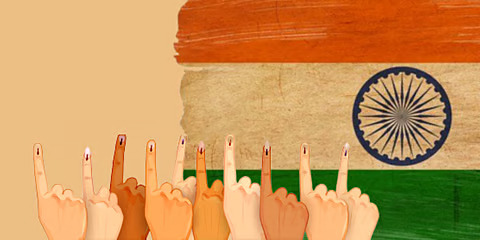

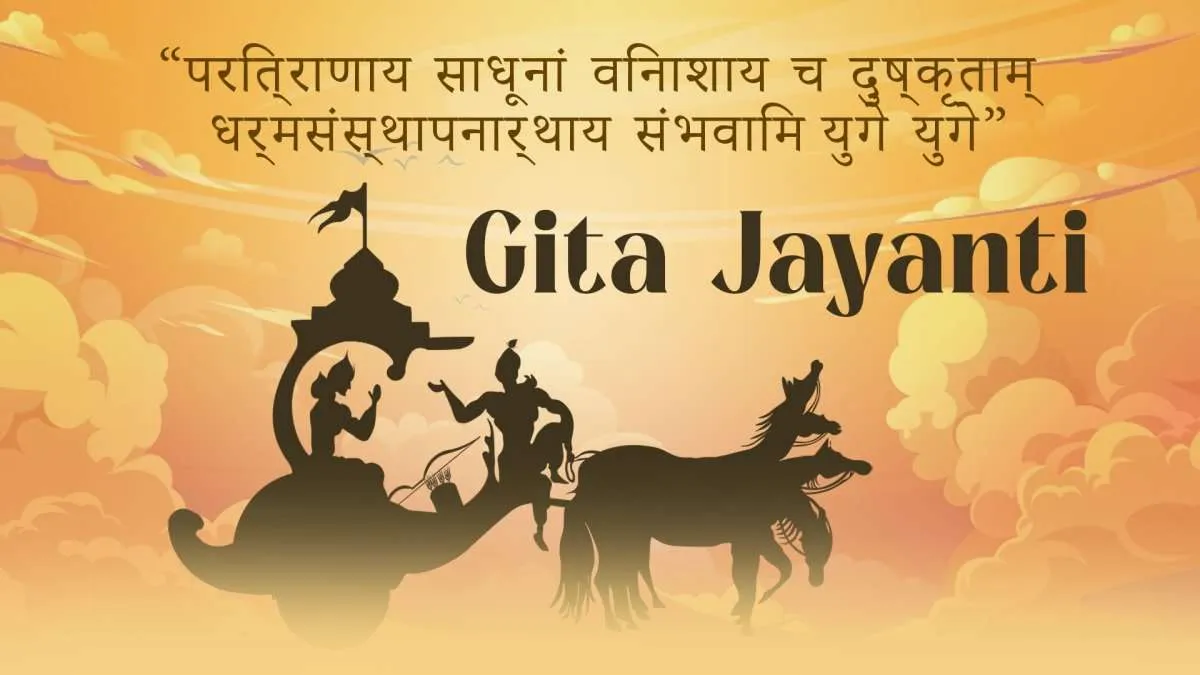
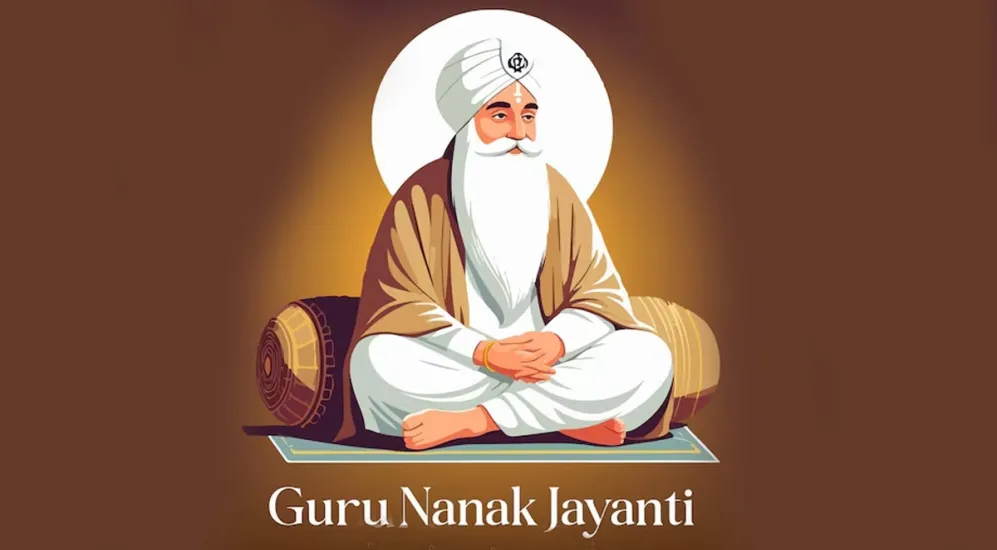

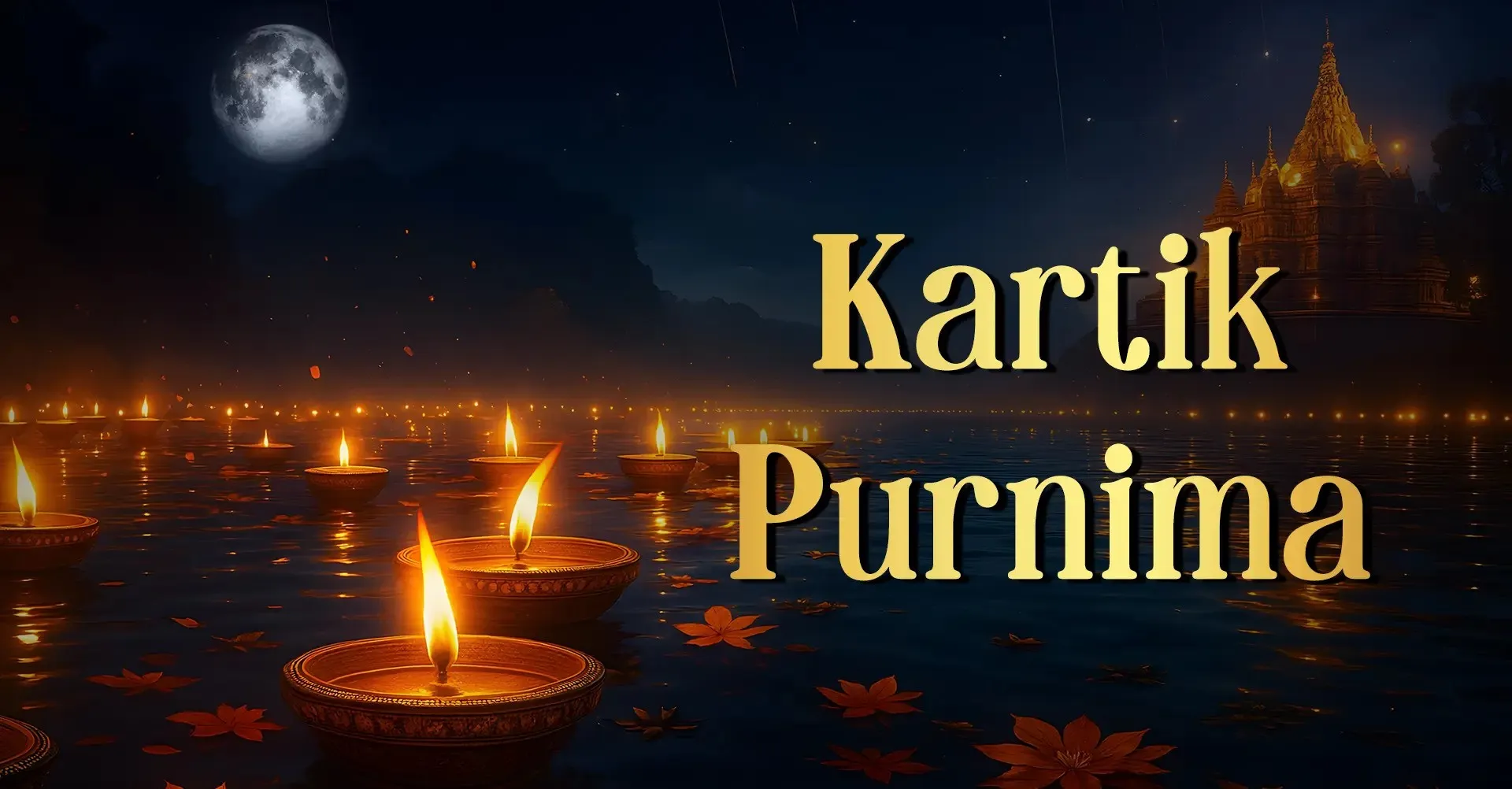
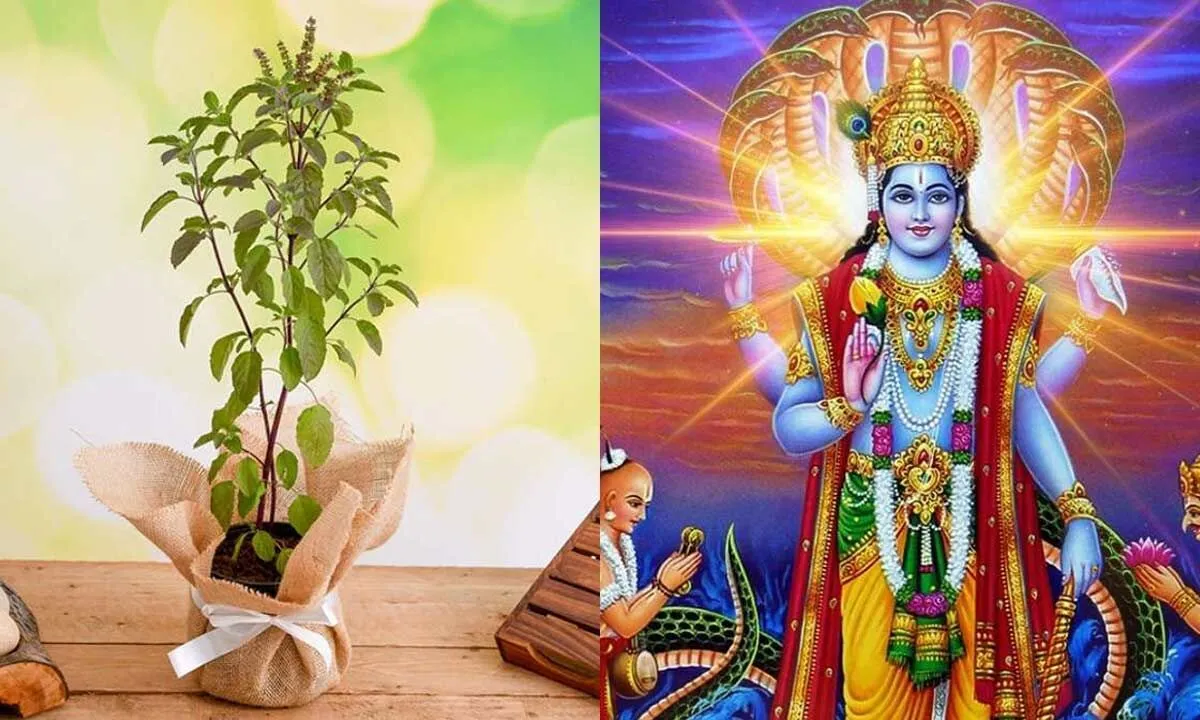

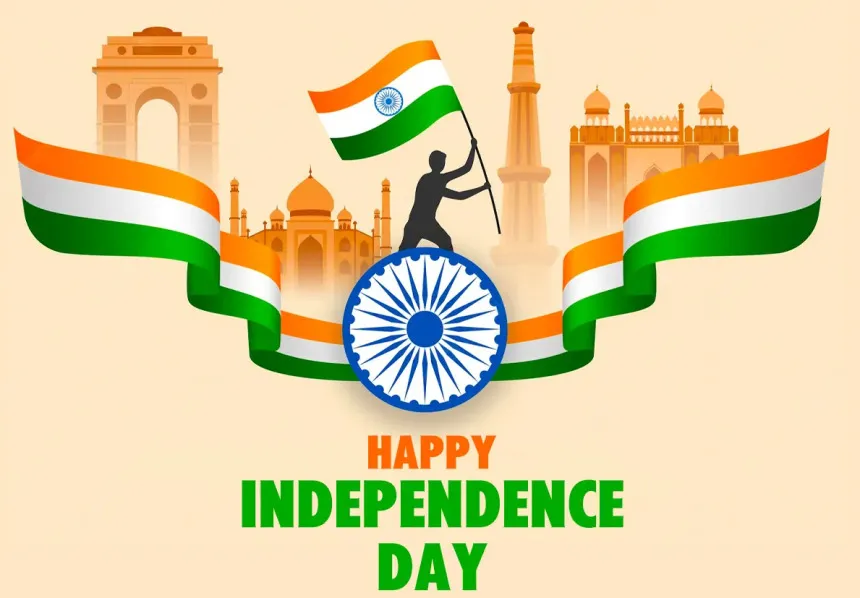

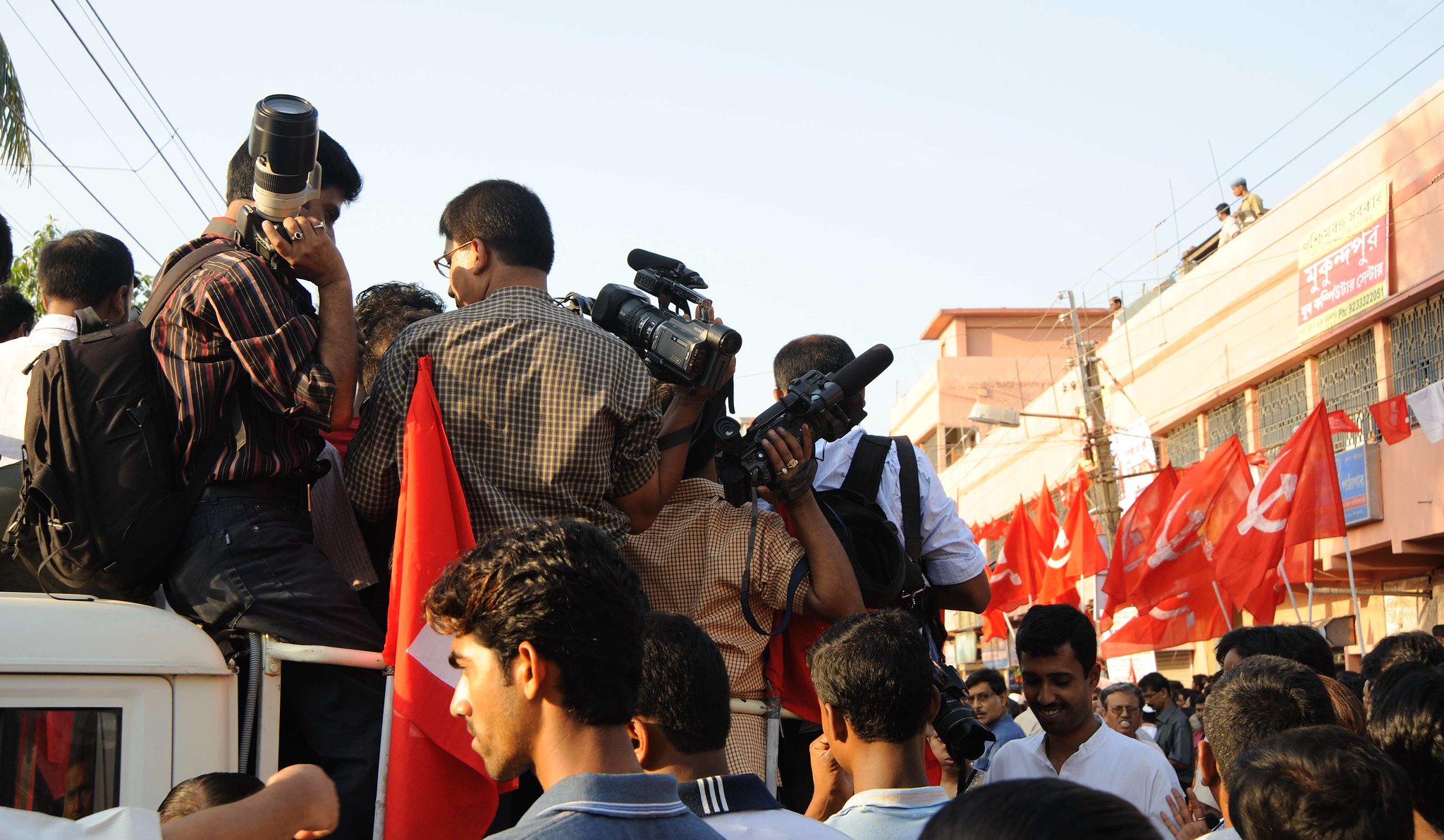
Recent Comments
No comments yet.